Best gravel suspension forks - solutions to soak up the bumps and keep you riding comfortably
The best gravel suspension forks help you ride farther and faster with less fatigue
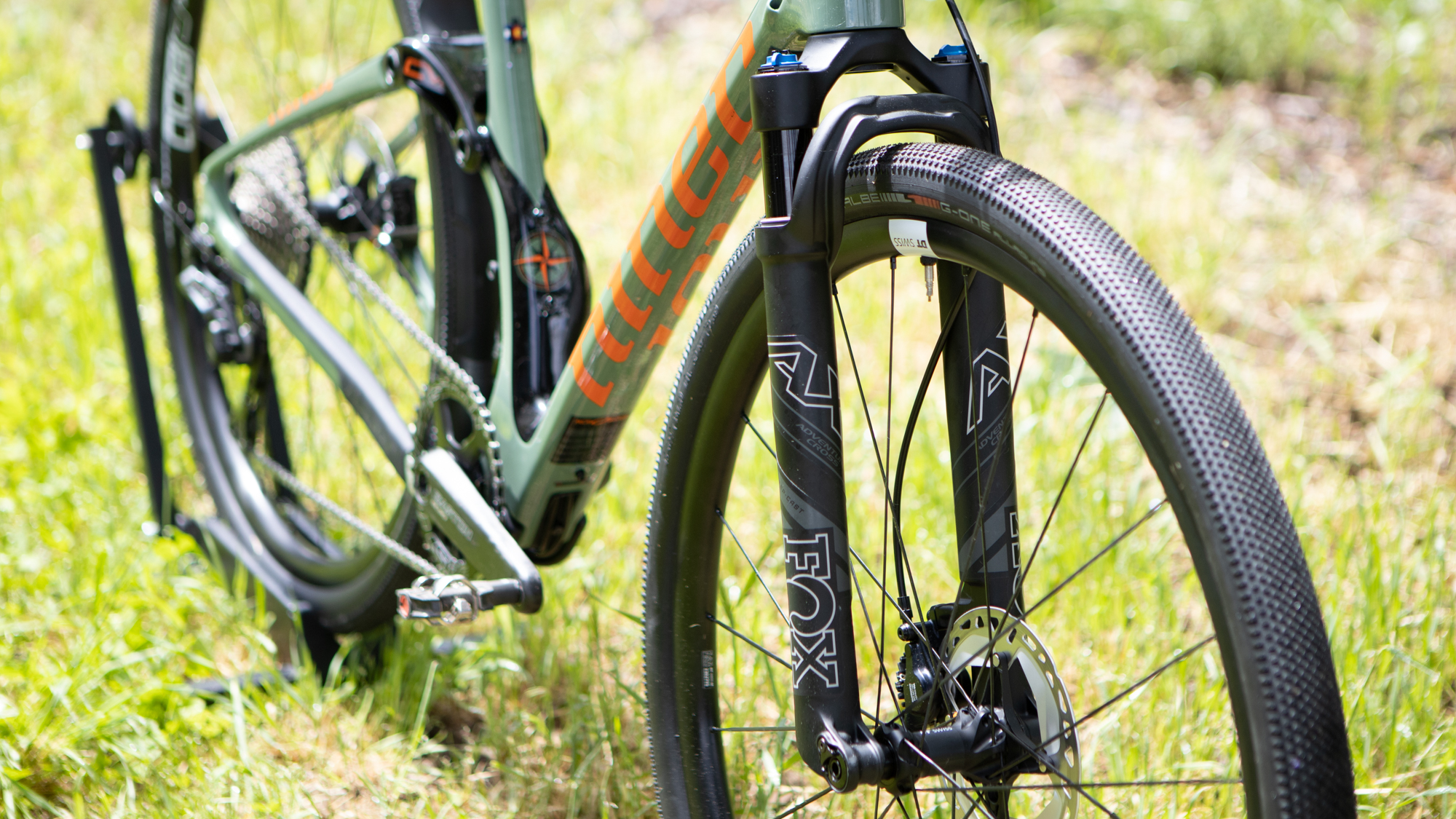
The best gravel suspension isn't there to turn your gravel bike into a mountain bike. There are some outward similarities but the two types of riding are very different and as such there are products meant to handle those needs. Instead of taking big hits and drops, gravel suspension forks are one solution to keep you riding longer and faster.
Look at the range of the best gravel bikes available and you'll see there's lots of strategies for addressing ride quality. The most obvious is just bigger tyres at lower pressures. It's for this reason that there's been a steady trend toward more tyre clearance and higher volume over the years. Along with higher volume tyres, there's tons of clever solutions that intentionally introduce flex into the frame or seatpost. Then, taking it up another level in complexity, there are a few companies who have options for suspension at the handlebars. Specialized has the Future Shock and Redshift has the Shockstop suspension stem.
For those looking for even more comfort and capability, there's nothing better than an actual gravel suspension fork. Modern options are light and keep the geometry similar to what you expect. The point is to soak up all the little bumps that wear you down through the day. The tyre stays in contact with the road surface, you feel better, and you can ride farther and faster. If that sounds like a great plan, keep reading to see our choices for the best gravel suspension forks on the market.
The best gravel suspension forks you can buy today
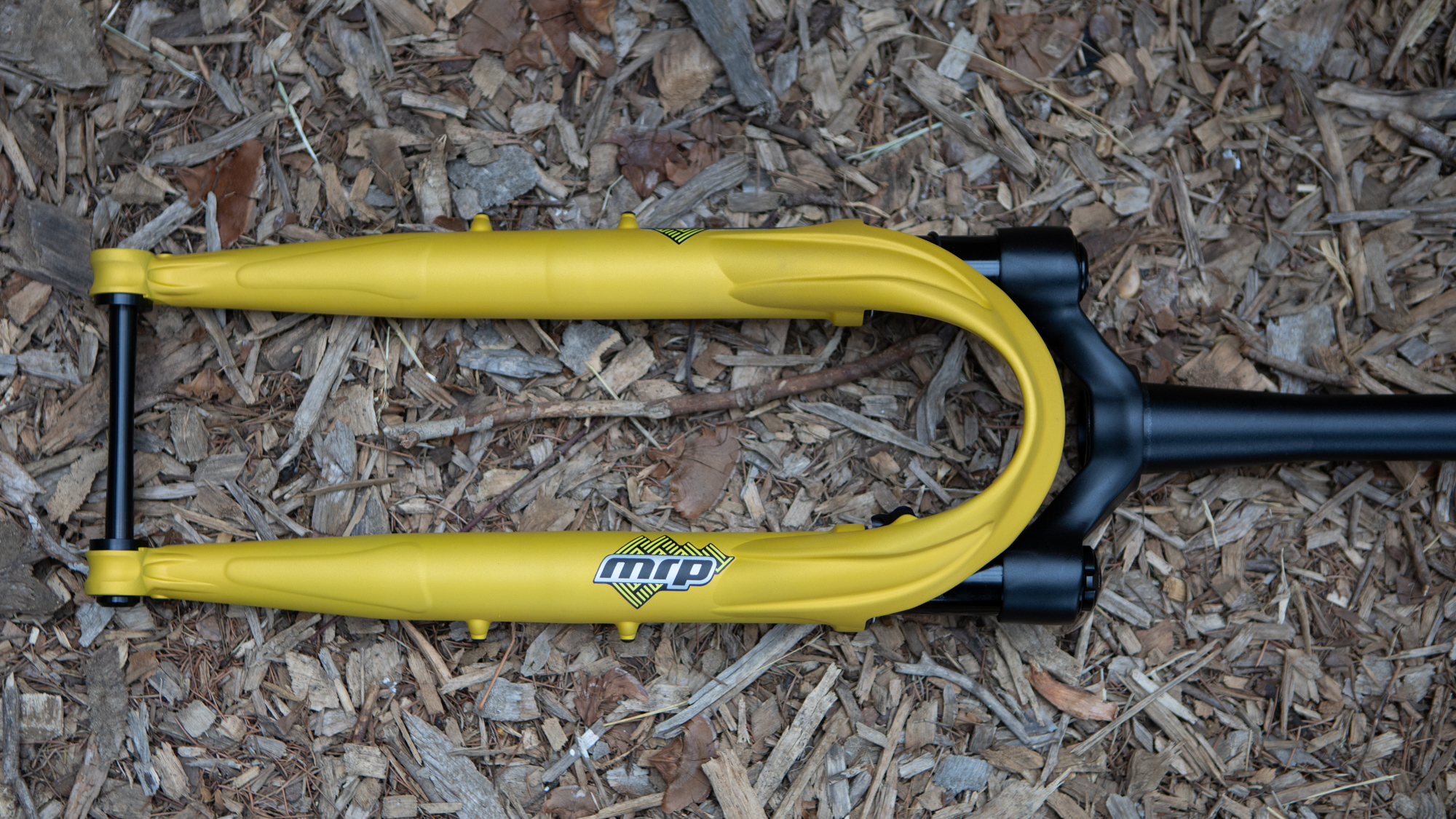
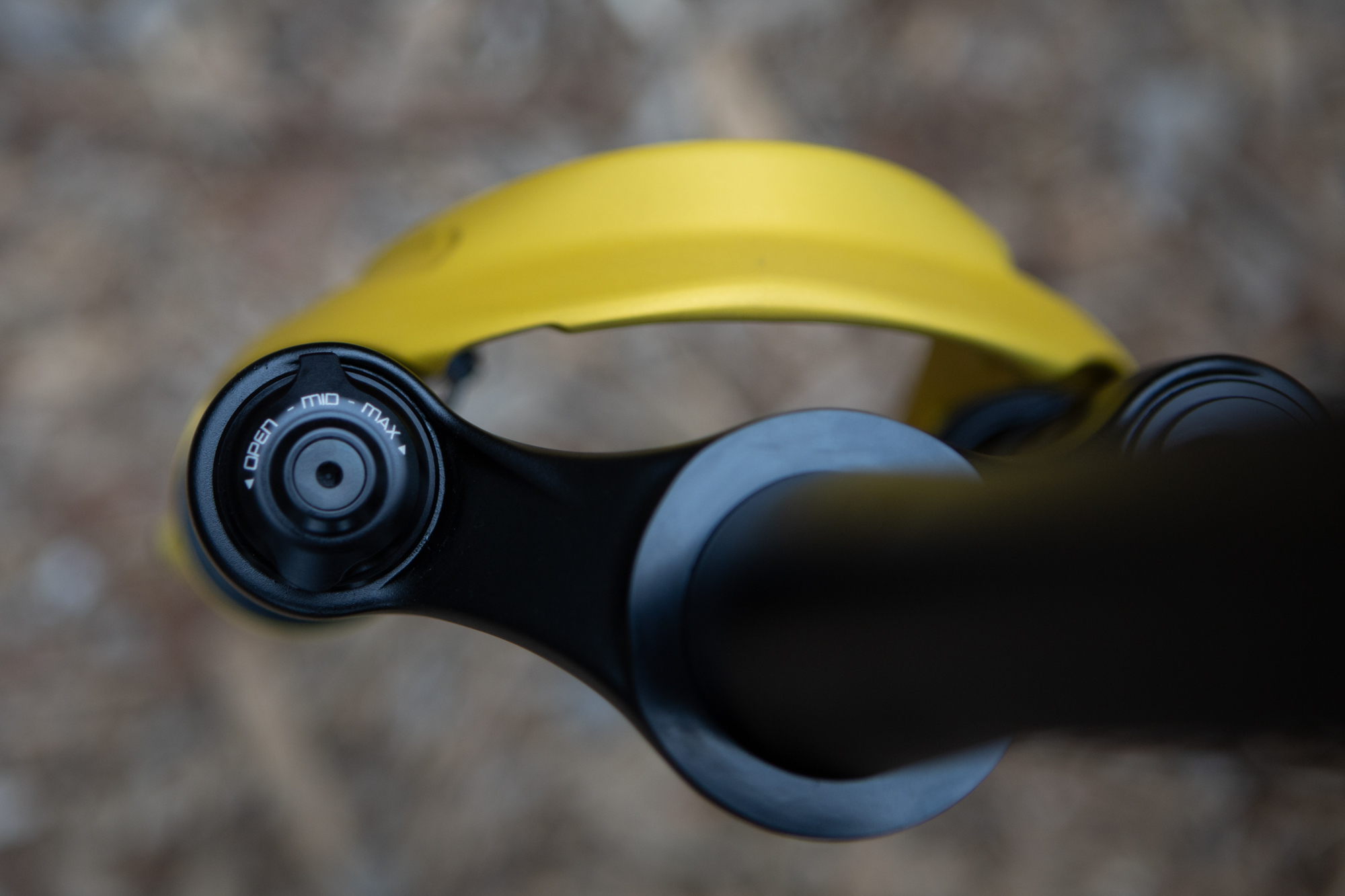
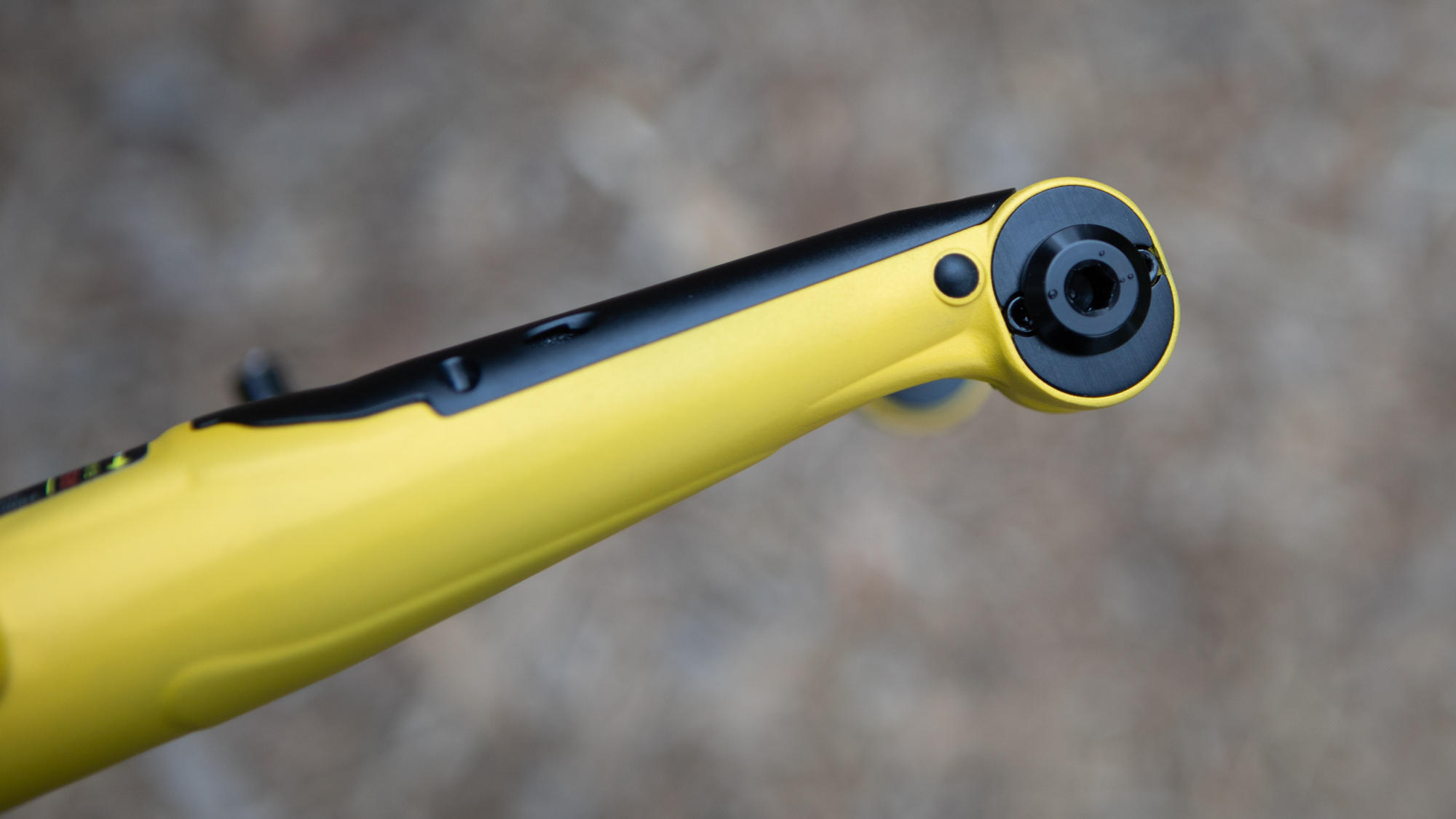

MRP Baxter
Specifications
Reasons to buy
Reasons to avoid
A gravel suspension fork is a big purchase and it's natural to stress about getting it right. MRP has you covered. First of all, you can customize the colours you want with a finish called ShredKOTE. It's a ceramic and polymer finish that is scratch, scuff, and chemical resistant with a matte finish. Then from there you can choose either 40mm or 60mm of travel. When it comes to the offset, the Baxter uses a replaceable flipchip so, unlike other brands, if you end up not liking the offset you can make a change later. Another amazing part of the ordering process is that you can choose to have the fork set for your weight as it leaves the factory. You can also choose the length you want the steerer cut to. Some of the options cost money but when you get the box and everything is exactly set to your specs and ready to install it feels very premium. No one else offers anything quite like the experience of the Baxter. The only downside is that the pricing is similar to the Fox option but there’s less compression damping options.
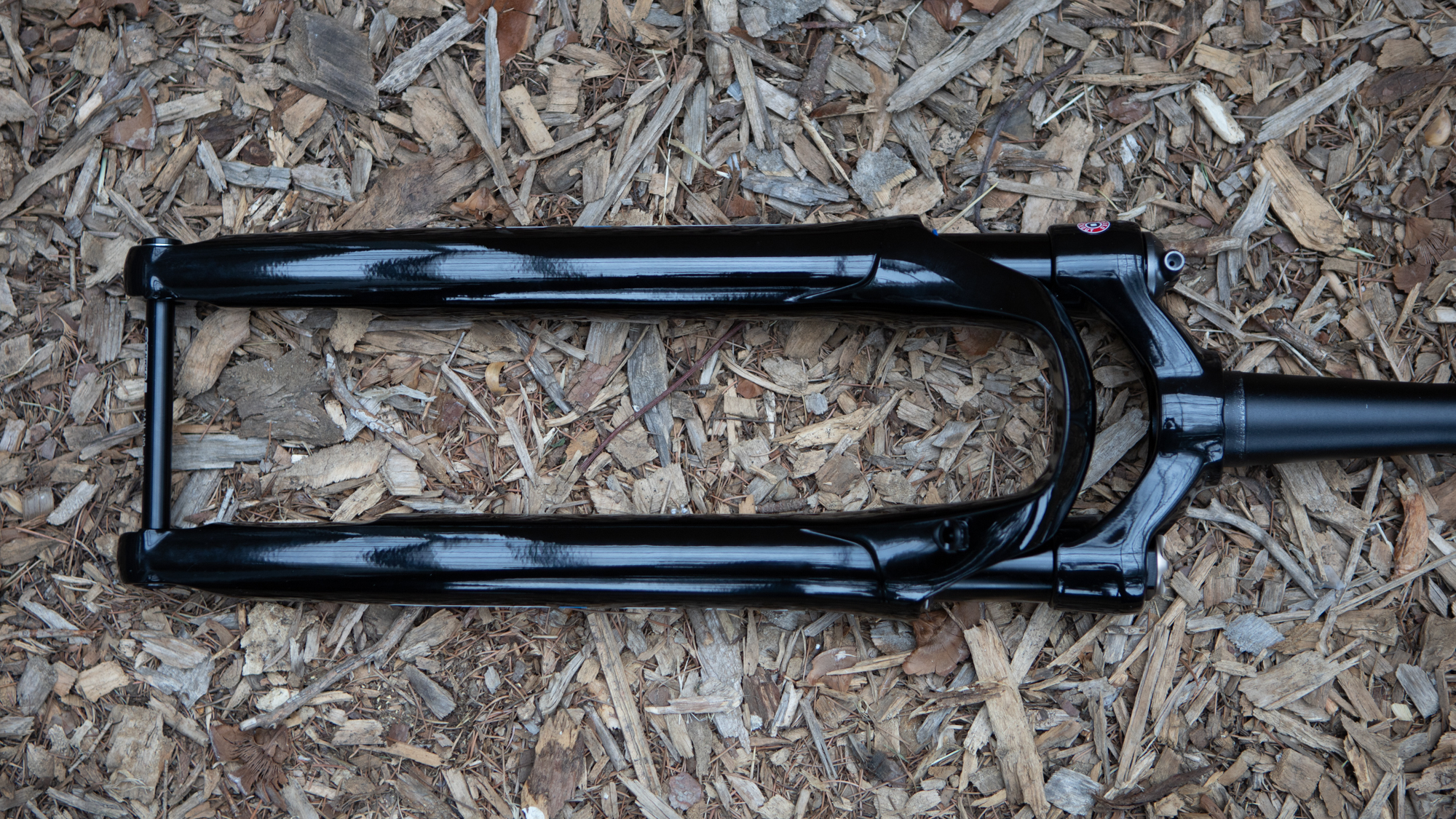
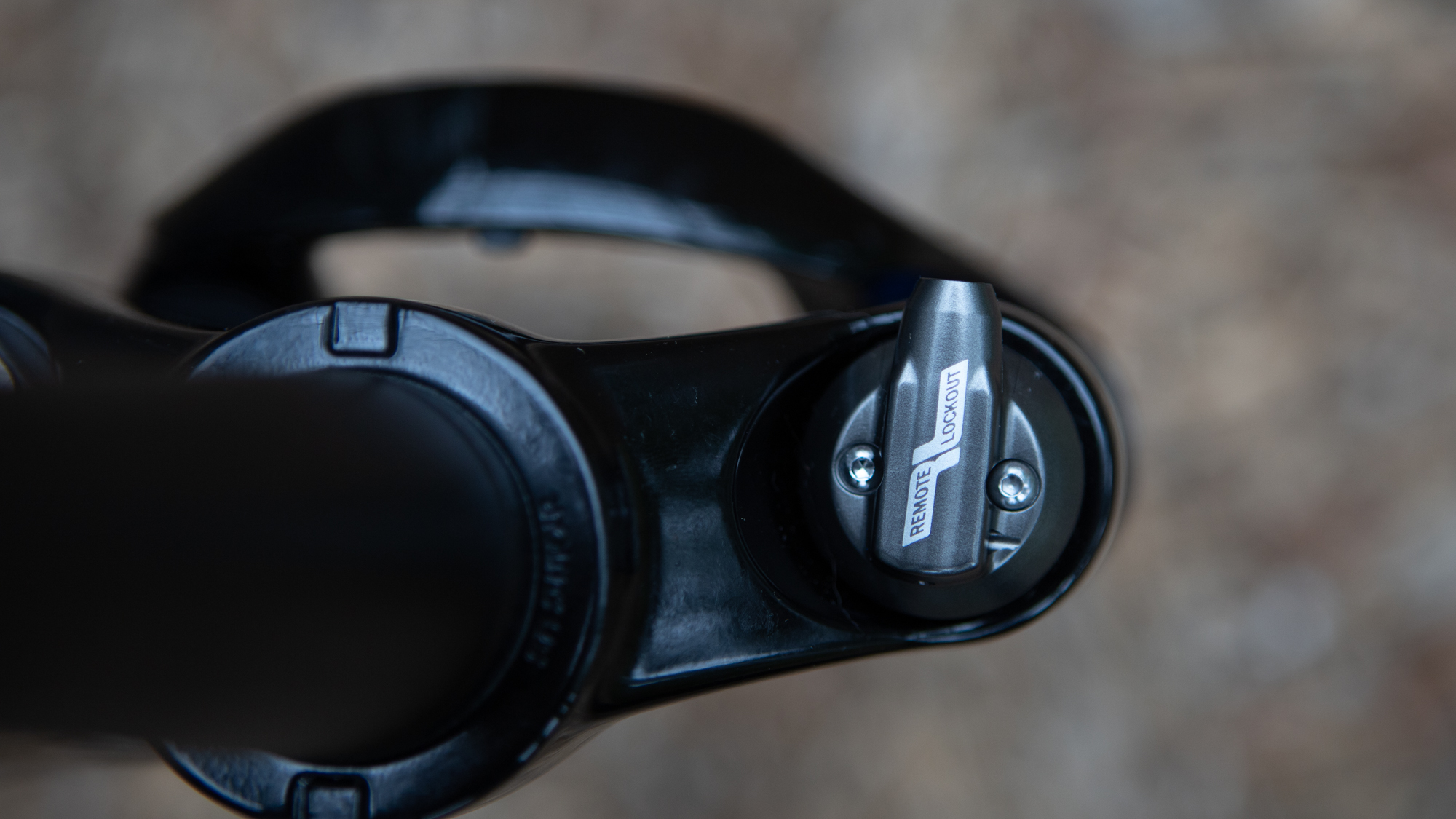
Suntour GVX LO R 700
Specifications
Reasons to buy
Reasons to avoid
The Suntour GVX LO R 700 is the budget option on this list. It's less expensive than the competition and not by a little. The Suntour option sits at around half the price of the competition and sacrifices to get there might not be a deal breaker. The biggest thing about it is that you are adding a lot of weight with the difference between the lightest option and the Suntour being 444 grams. Set that aside though and you've got a great budget option. There's no tuning of the firmness while you ride but choose the LO option and it's the only choice on our list that gives you a remote lockout trigger on the bars. Suntour is also the only one that includes any kind of fender plus they've included mounts for a more substantial fender. It's also worth mentioning that the travel is adjustable through the use of spacers.
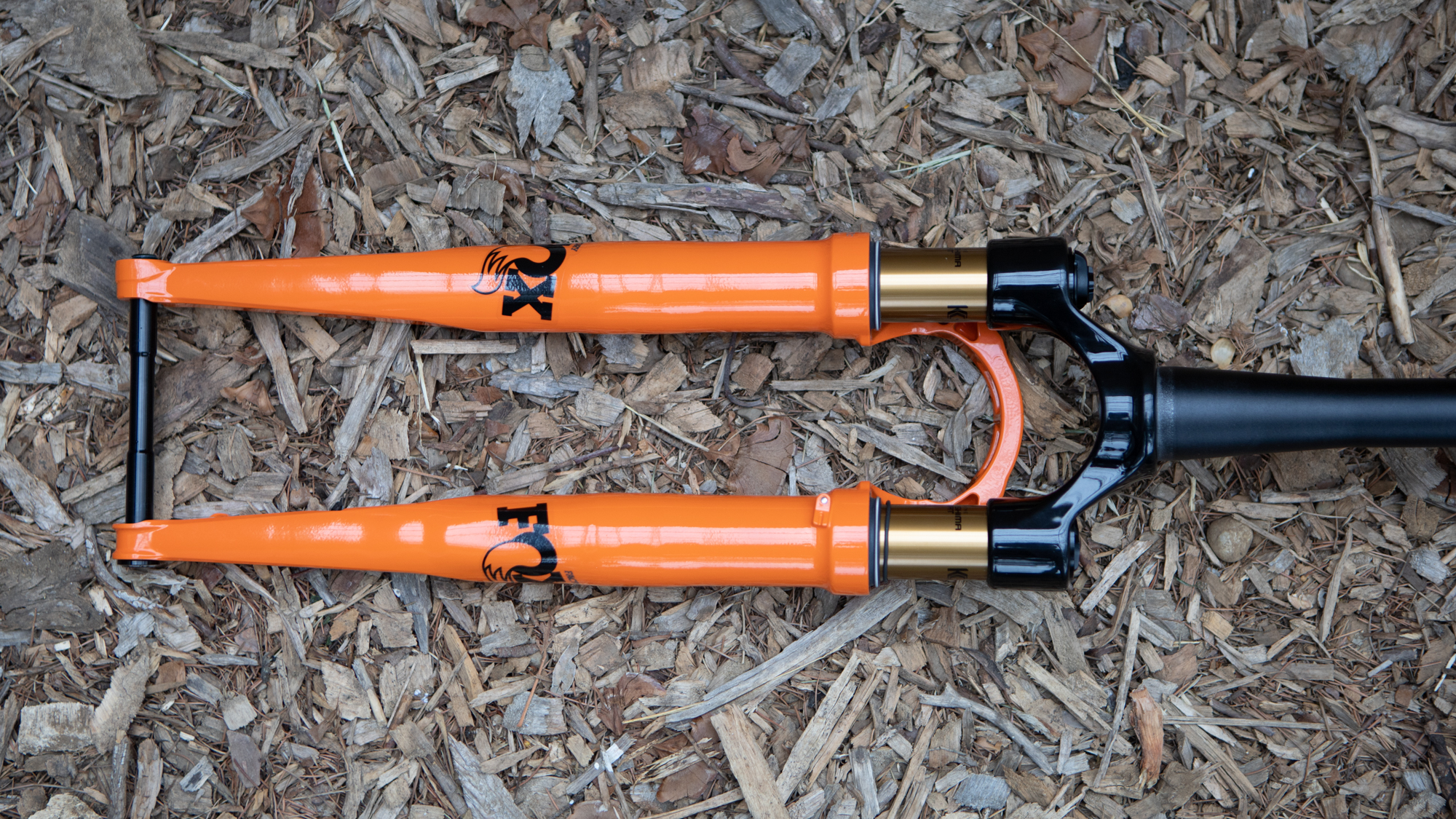
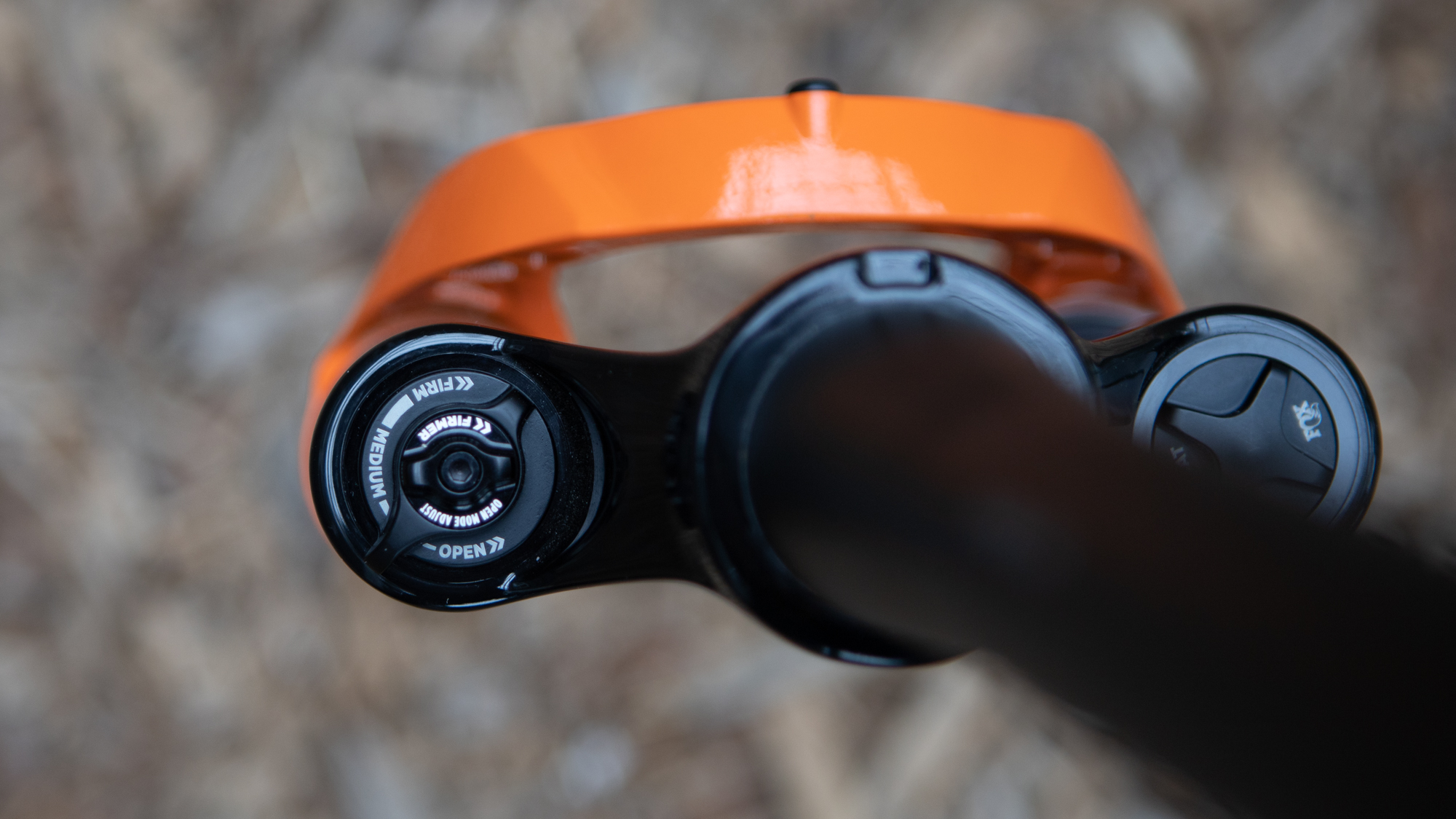

Fox 32 Taper Cast Gravel Fork Factory
Specifications
Reasons to buy
Reasons to avoid
The Fox AX launched in 2017 as the only gravel specific fork on the market that looked like a traditional fork. That original fork did the job but had a lot of downsides and now Fox is back with the 32 Taper Cast. The new model represents a complete redesign and this time it started life with the gravel market in mind. What really sets the Fox option apart is how adjustable it is while riding. There's a compression damping adjuster with open, medium, and firm modes. In the open mode you can then turn a secondary dial for a total of 22 clicks of adjustability. Off the bike there's another 10 clicks of low-speed rebound adjustment. When you actually ride a fork that's set exactly the way you want it, it just feels the way you expect it to. The other forks on the list might be fine for you but if you want to be very specific about your setup, this is your option.
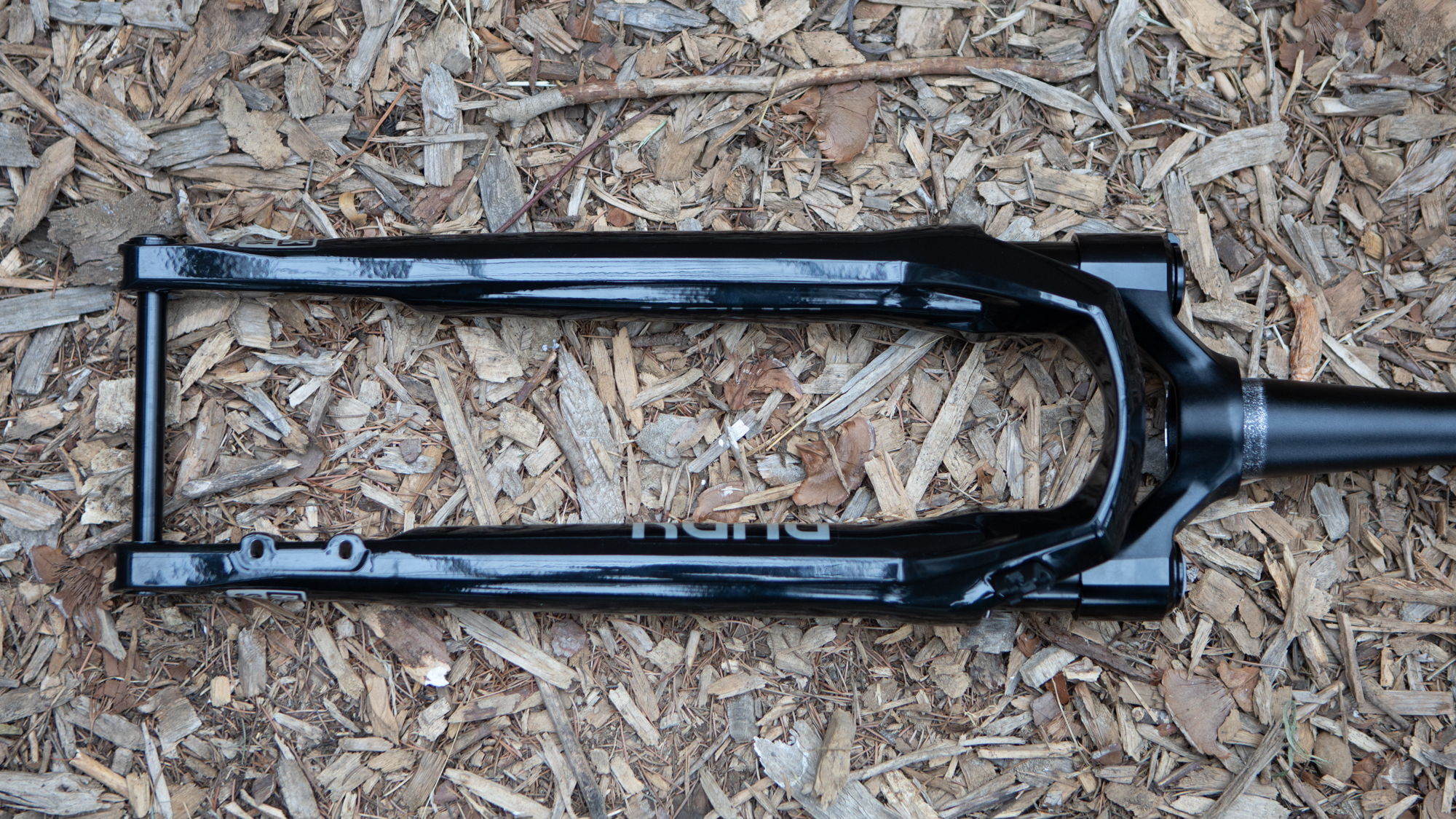
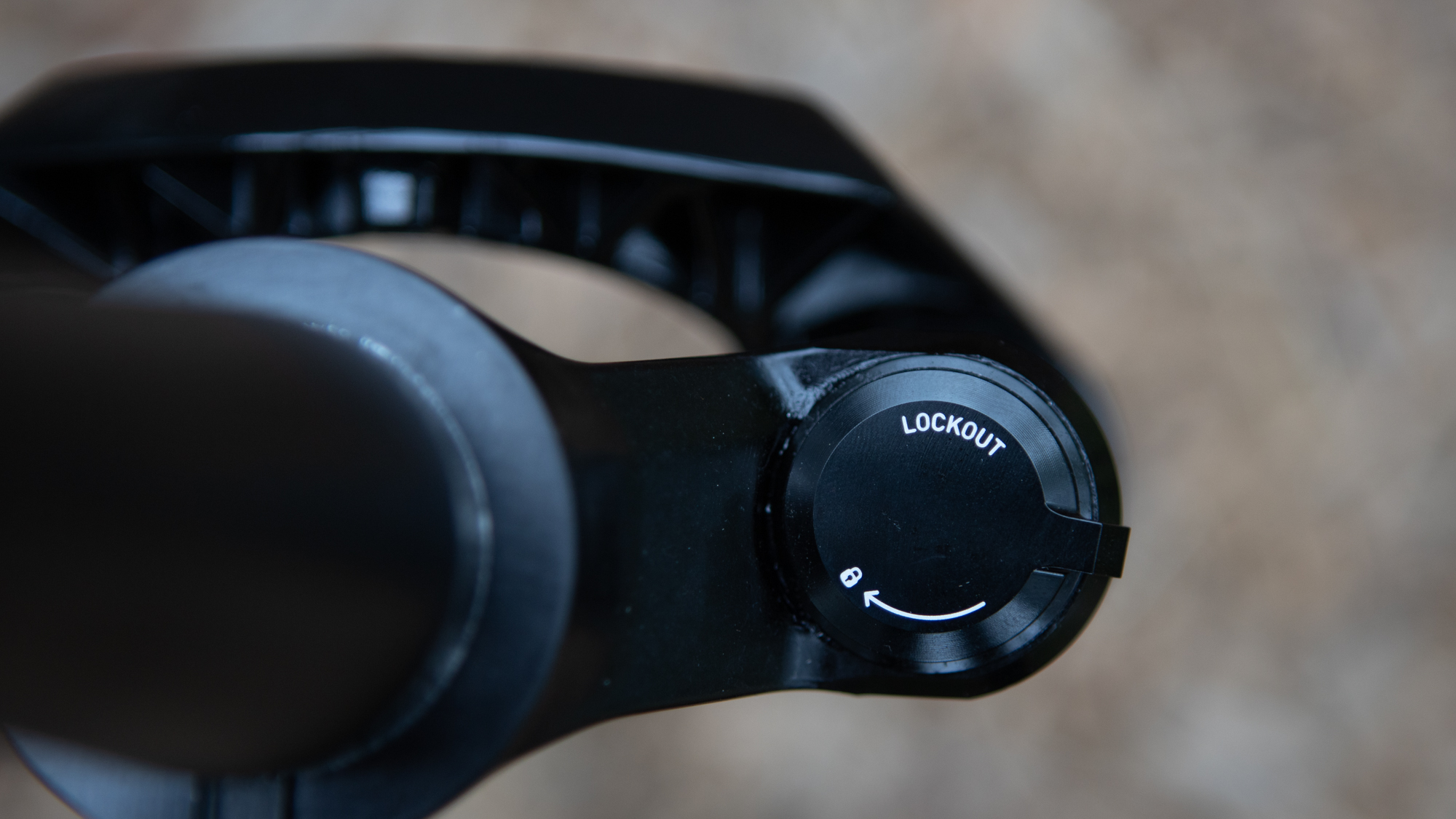
Roxshox Rudy Ultimate XPLR
Specifications
Reasons to buy
Reasons to avoid
When it comes to well-known gravel suspension forks the two big ones are the Fox and this option from RockShox that's part of the larger SRAM umbrella. The reality is that in many situations they both ride very similarly but there's a heavy aesthetic difference. Fox has done a lot to move from a mountain bike fork to a gravel specific option but the Rockshox still looks a lot more streamlined. The stanchions are smaller and the taper is smooth with none of the exposed trussing of the Fox. It's also available in a lower 30mm travel, like the one we spent time with, and it's a slightly lighter package. When choosing between the two, the biggest difference is how much adjustability the Fox has. If that feels overwhelming the Roxshox Rudy Ultimate XPLR keeps things a lot simpler. Even adjusting the pressure is as simple as a single schrader valve connection. There is a lockout you can reach down and flip while riding but it does feel a bit cheap.
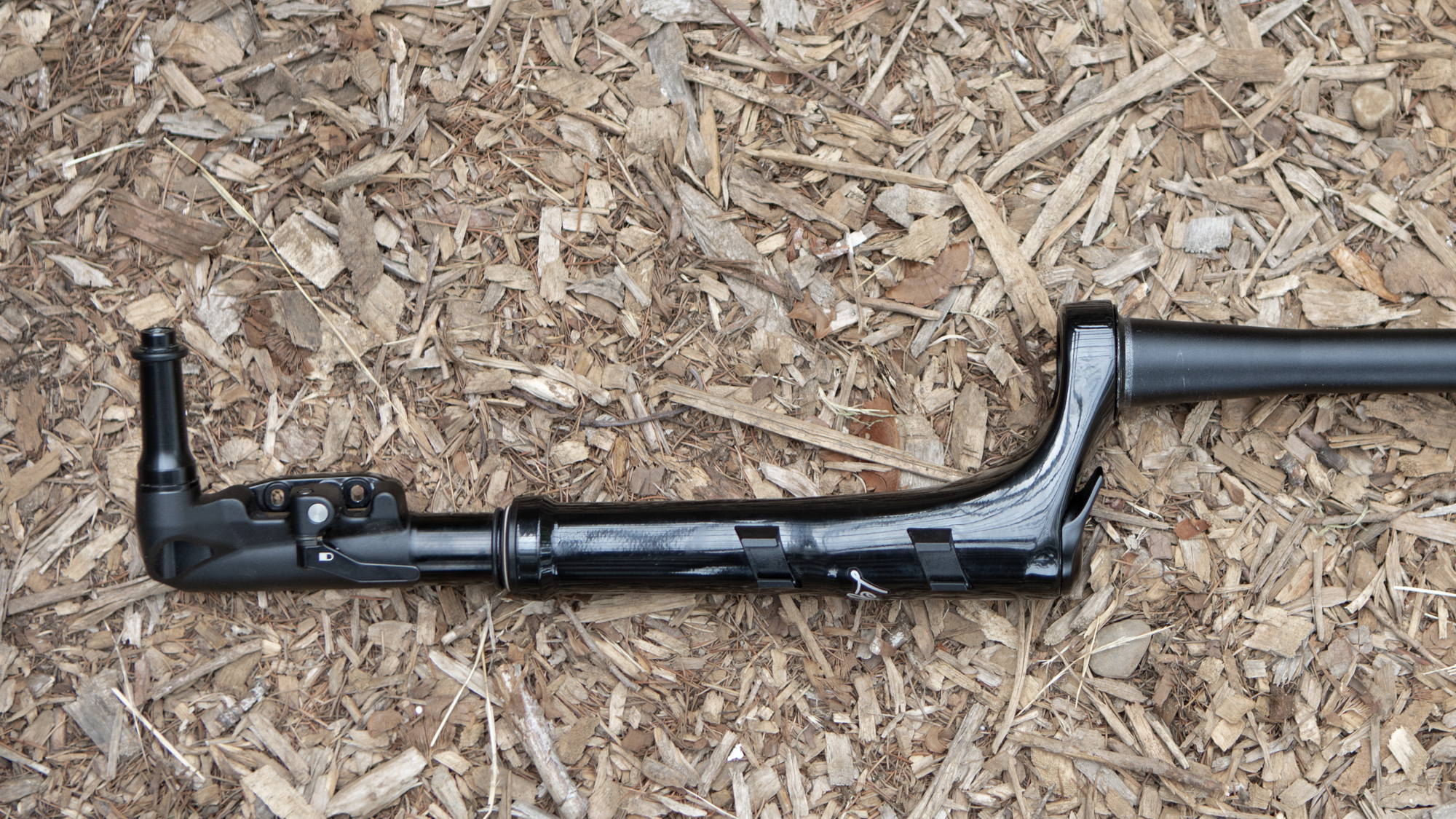
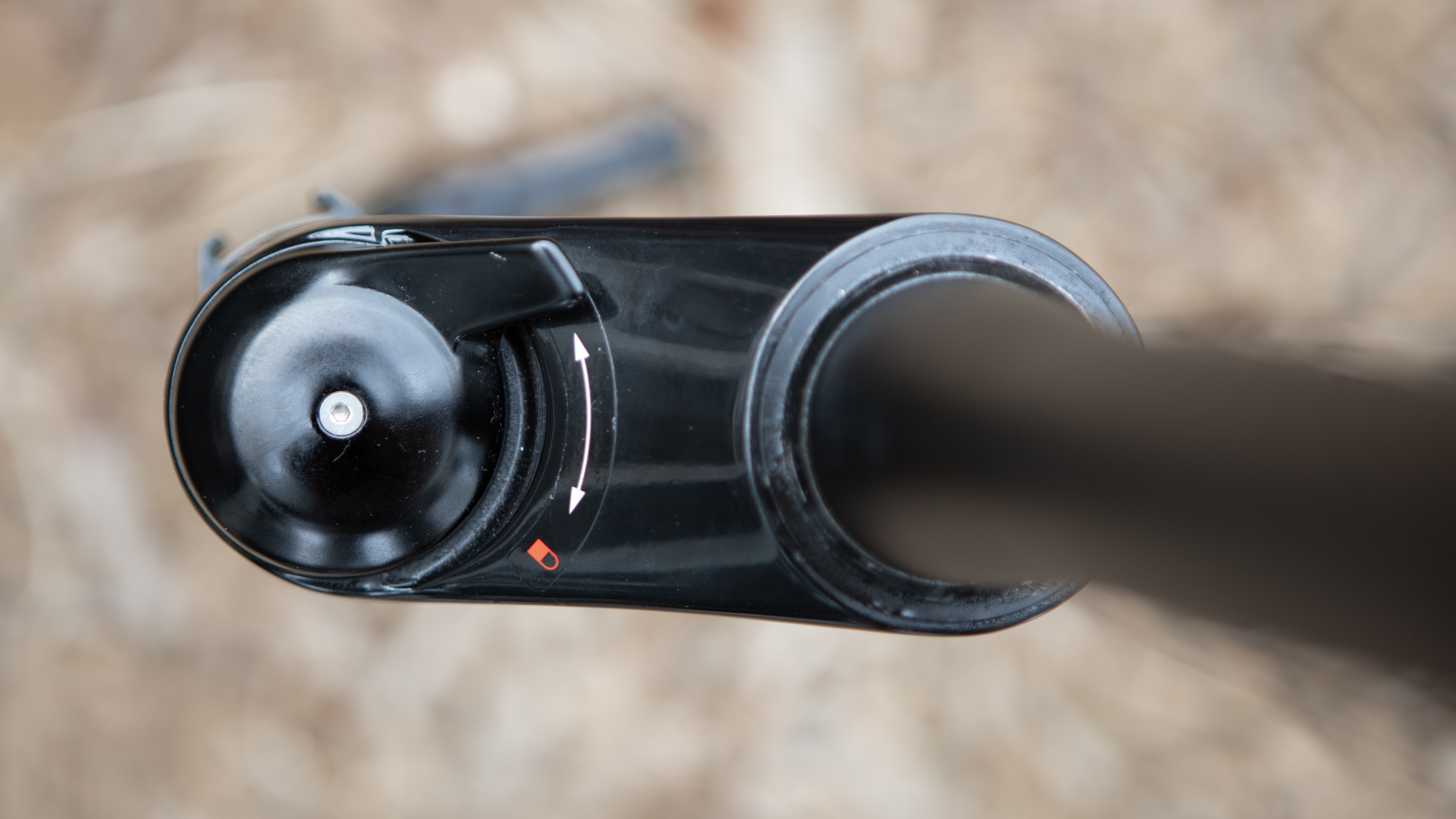
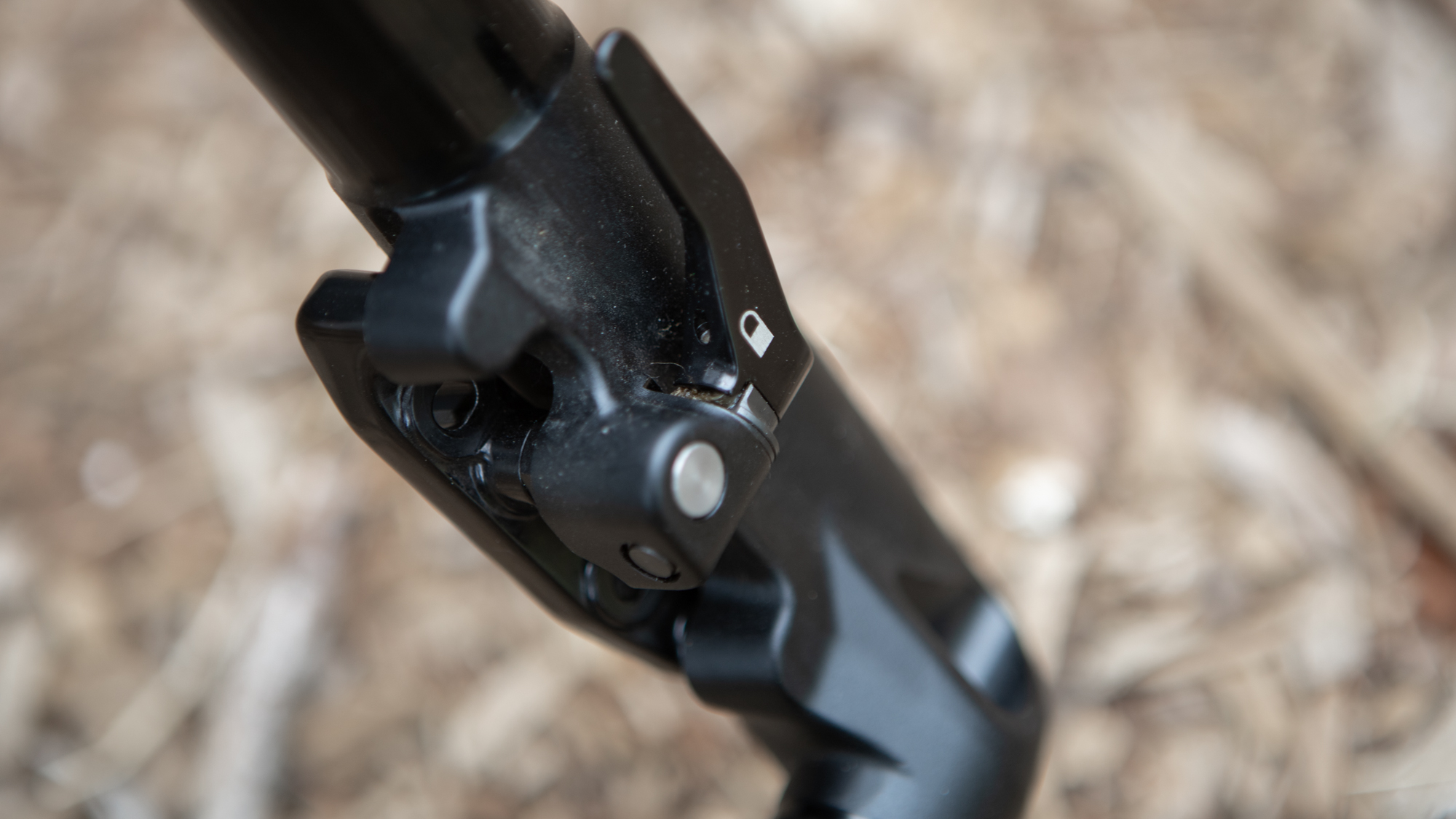
Cannondale Lefty Oliver
Specifications
Reasons to buy
Reasons to avoid
Most people without a Cannondale would never consider the Lefty Oliver but it has some advantages. Initially arriving in the market on the 2016 Cannondale Slate, the single sided fork later got an update for the Topstone Lefty. At the time there were two variations available depending on which Topstone you bought but, in the aftermarket, the only option is the Carbon version. The biggest change for the updated version is a move to a quick release attachment for the brake, which must come off to remove the wheel. Not only is the design of the Lefty specifically meant to add stiffness over a traditional fork design but it's also among the lightest options and it has the shortest axle-to-crown of any of the gravel suspension forks. Although the Lefty looks a little weird, it's the fork we've spent the most time on you can't actually feel a difference when riding. They look weird but they are light and they work really well. There are some caveats to the weird look though. Anything that uses a fork mount, like a rack, will need special consideration.
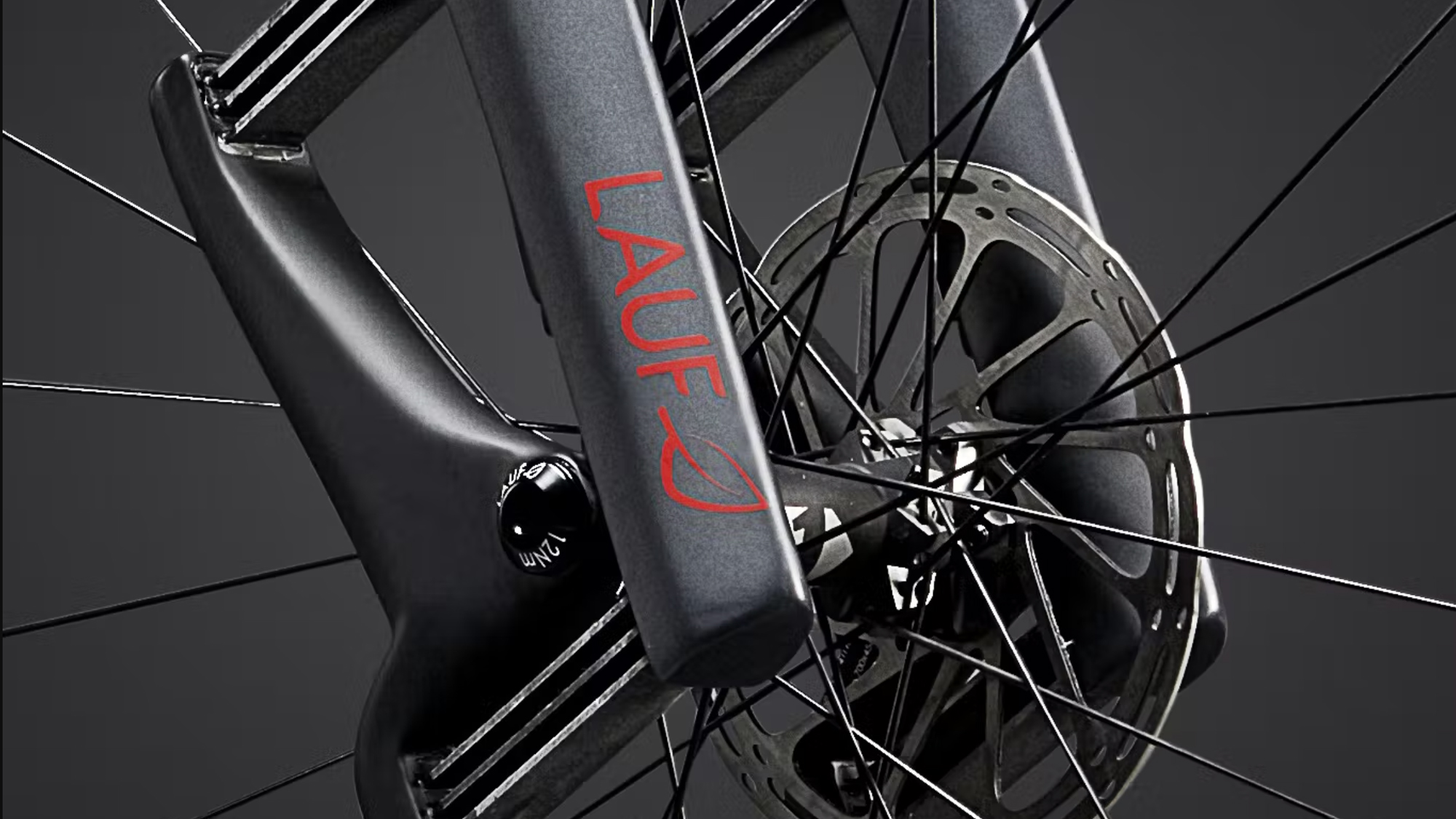
Lauf Grit SL
Specifications
Reasons to buy
Reasons to avoid
There is a lot to love about the Lauf Grit SL fork. It crosses over into many of the things we pointed to other options as the best at. It's got one of the shortest axle-to-crown measurements and it's far lighter than any of the other choices. Those aren't really what make its character though. Instead, the thing that makes the Lauf special is that it just works. There's no tuning, and no lockout, but there's also no maintenance. All the other options on the list use some sort of damper that will eventually need disassembly for maintenance. The Lauf has no moving parts and the glassfiber suspension never needs anything from the rider.
Hot to choose the best gravel suspension fork for you
What does it take to install one of the best gravel suspension forks?
This isn’t a deep dive into how to install but you will want to have some very specific tools on hand. If you are worried about any of this, then that’s another point for the MRP Baxter and the “Ready to Shred Package.” You could also just take everything to a local shop but if you invest in quality tools it’s likely they will last a lifetime and it’s nice to know you can take care of everything on your bike. If that sounds like a good direction to go, you’ll need to make sure you have what you need and that means a way to cut the fork steerer and a way to install a star fangled nut. All the options listed here use the same tapered (1.125 - 1.5") steerer tube so you’ll want to make sure your bike works with that standard. Aside from tools, you’ll want to make sure that you have the correct size star fangled nut, a crown race, and a collection of a few headset spacers. Measure twice and cut once, you only get one shot. It’s also a good plan to leave the steerer tube a bit longer and add some spacers in case you want to adjust the height of your bars later. The tools we had on hand during our testing included Park Tool CRS-15.2 Crown Race Setting System, Park Tool SAW-1, Park Tool CSB-1, Park Tool HMR-8, Park Tool TNS-4 and the Unior Steerer Tube Saw Guide 1604/2PLUS.
Can I install a gravel suspension fork on any gravel bike?
The biggest issue with installing a suspension fork on a bike that came from the factory without suspension is the axle-to-crown measurement. The phrase quite literally means the distance from the axle to the crown of the fork. A rigid gravel fork tends to be under 400mm while many of the gravel suspension forks are in the range of 430mm. That extra 30mm raises the front end of the bike, raises the bottom bracket height, and makes for a slacker head tube angle. How your particular bike responds to those changes is an open question but the fact that it happens is why Cannondale and Lauf are trying to get as close to the measurements of a rigid fork as possible.
There's also the question of physical interactions with the downtube. Mountain bikes tend to make room for the top of the fork stanchions using a kink in the downtube. Gravel bikes don't because most don't expect to need to. A new gravel suspension fork might hit your downtube when executing a tight turn. As we've entered the second generation of the best gravel suspension forks, there is consideration for this in the design. Still, every combination of fork and bike is going to be different.
Do you want suspension on a gravel bike?
This might be the biggest question to ask yourself and to answer it, you'll want to think about the type of riding you do. We've discussed it many times before but gravel cycling covers a huge range of riding both in terms of style and also routes. If you plan to be at the front of the elite pack in gravel races then the weight and loss of stiffness from a gravel fork will be a detriment. Similarly, if your riding is more all-road, with long portions of the ride covering paved roads, then a suspension fork might not make sense. On the other hand, if you drive to a ride, or have unpaved riding out your front door, then you might be faster with a suspension fork.
Despite the fact that elite gravel racers are faster with a rigid bike, most people get faster when they are more comfortable and stable. A gravel suspension fork keeps the tyre in contact with the road surface and that in turn helps the bike feel more stable. One of the best gravel suspension forks will also mean that you have help from the bike in soaking up bumps. You'll experience less fatigue over the course of long rides and that will keep you moving longer, and faster.
Will the best gravel suspension fork eliminate bumps?
If you've ever been on a full suspension mountain bike the suspension is so amazing that there are times when even substantial bumps are almost undetectable. That's not the experience with a gravel specific suspension fork. The travel is much less and the focus is different. Instead of eliminating bumps they dull them. You'll still feel rocks and washboards but they won't rattle your body in the same way and the tyre won't skip on and off the road surface. Depending on your background, it can feel a little bit surprising the first time you experience it.
How do we test?
As discussed above, gravel suspension forks can change the way a bike rides in unpredictable ways if the frame isn't designed for it. We spent time with the only full suspension gravel bike on the market, the Niner MCR. The bike came to market with the original Fox gravel suspension fork and had a collection of design details with gravel suspension in mind. We used this bike as our test bed so we could focus on the differences between the forks.
Get The Leadout Newsletter
The latest race content, interviews, features, reviews and expert buying guides, direct to your inbox!
Josh hails from the Pacific Northwest of the United States but would prefer riding through the desert than the rain. He will happily talk for hours about the minutiae of cycling tech but also has an understanding that most people just want things to work. He is a road cyclist at heart and doesn't care much if those roads are paved, dirt, or digital. Although he rarely races, if you ask him to ride from sunrise to sunset the answer will be yes. Height: 5'9" Weight: 140 lb. Rides: Salsa Warbird, Cannondale CAAD9, Enve Melee, Look 795 Blade RS, Priority Continuum Onyx
